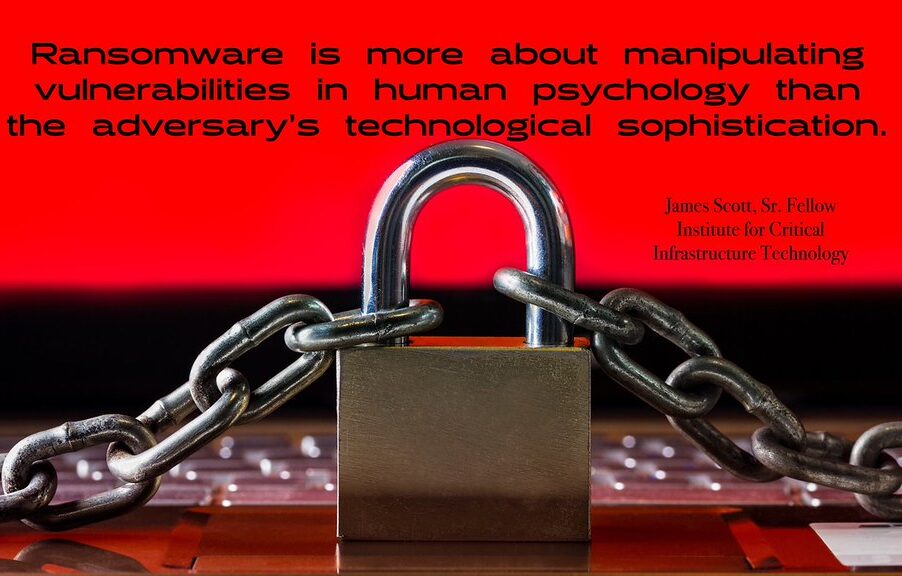Ransomware Types You Should Know In Detail: The Complete Guide
Out of all the cyber attacks, ransomware looks to be one of the most looked upon yet deadliest threats. Ransomware is a malicious software that takes ransom by encrypting a victim’s data. There are numerous categories of ransomware, and looking at ransomware in a broad sense isn’t helpful. More than ever, understanding and averting these threats is essential.
“Ransomware is the most serious and the most profitable form of cybercrime right now. It’s a growing threat and will continue to be a major problem.”
– Mikko Hyppönen, a renowned cybersecurity expert

1. Crypto Ransomware
Crypto ransomware is one of the most recognized and most often the destructive forms of ransomware. Files of the victim are encrypted using strong encryption algorithms, and only those who know the decryption key can read the files. The payment that is required to be made by the victims is often in a virtual payment method e.g. cryptocurrency. Cases of crypto ransomware are exemplified by WannaCry and CryptoLocker.
Key Features:
Encryption: Advanced techniques of solving complex problems to encrypt incoming files are used.
Ransom Demand: Generally, payment is requested from ransom in virtual formats such as bitcoins.
Impact: All files will remain encrypted and cause no impact to the business regardless of structure.
2. Locker Ransomware
In the case of locker ransomware, whereas in crypto ransomware, the user is still able to work and access files and programs outside of the ransomed content, the entire operating system is locked out to the user and thus, no files or applications can be accessed. This type of screen usually displays the message which states that the specific amount of money has to be paid and if not, the whole system will be blocked for viewing.
Key Features:
System Lock: Entire operating system is disabled.
Ransom Demand: Usually active through a full screen message.
Impact: Computer system and data cannot be accessed by users.
3. Scareware
Scareware, by which it is known also fraudware or hoaxware, tend to make an individual to believe that their system is experiencing malware or is having some vulnerability. As a strategy, this type of software aims at making users look for the software or services that do not exist by making the individual believe that they need them. It is also different from general ransomware in that scareware may not involve the actual locking or encryption of files or content coercing using intimidation for money.
Key Features:
Deceptive Alerts: Alerts that the system is under threat and sends false notifications.
Ransom Demand: Losses claimed end users for the provision of fake security supplements.
Impact: Many users are deceived into buying such abuses.
4. Doxware (or Leakware)
Doxware refers to a type of ransomware, mainly leakware, that stipulates non-paying of a ransom to prevent the release of confidential information. This particular ransomware is more common with people and organizations managing very sensitive information. It adds the challenge of unleashing data or information alongside the conventional enciphering or locking out of the system.
Key Features:
Data Threat: The infiltration of sensitive and confidential data is threatened.
Ransom Demand: Reward payment is needed to save the information from being divulged.
Impact: Threat of data leakage if the ransom amount is not remitted.
5. Ransomware-as-a-Service (RaaS)
Ransomware-as-a-Service depicts a more recent area of marketing within the distribution of ransomware. In this model, the criminals either sell or rent the Ransomware tools to other criminals, who carry out the attacks. This reduces the threshold to those who wish to be attackers and gives rise to the rate of ransomware attacks.
Key Features:
Subscription Model: By subscription or payment, the attackers, other criminals, are given the ransomware devices.
Ransom Demand: Relies on how the attacker has designed it.
Impact: Extends the scope of the ransomware attacks.
Strategies Against Ransomware
Identifying the various types of ransomware should not be the final stage of protecting your digital possessions. To protect yourself against these types of threats, it is advisable to take steps such as regular updates of software, implementations of advanced backups, and/or deploying advanced threat monitoring solutions. Teaching yourself and your team to uphold safe internet use practices can also make one less vulnerable to ransomware attacks.
Through these methods, one can adequately adapt to changing cybercrimes and ensure that the information remains safeguarded.







